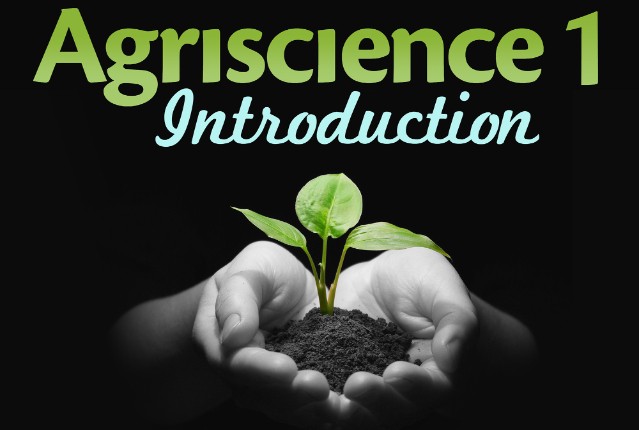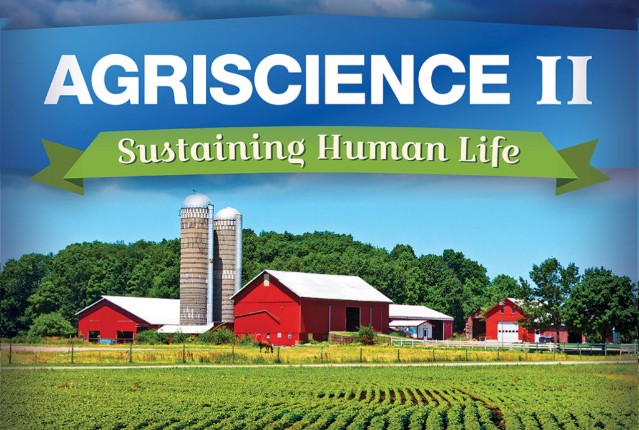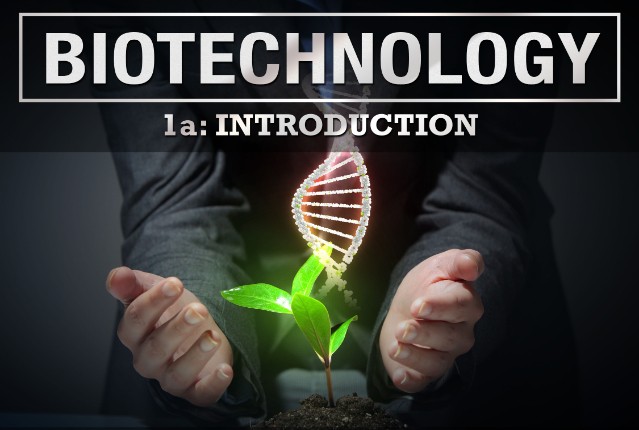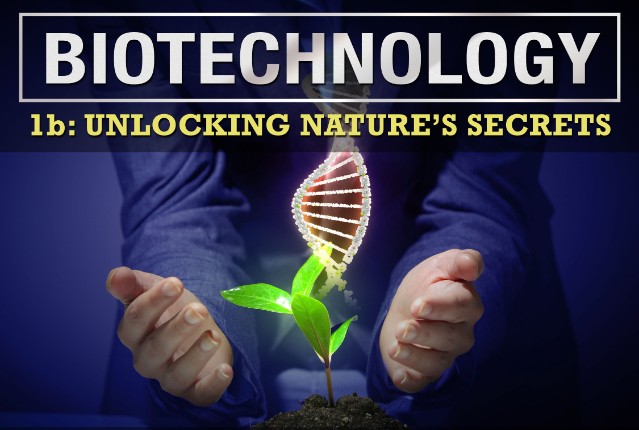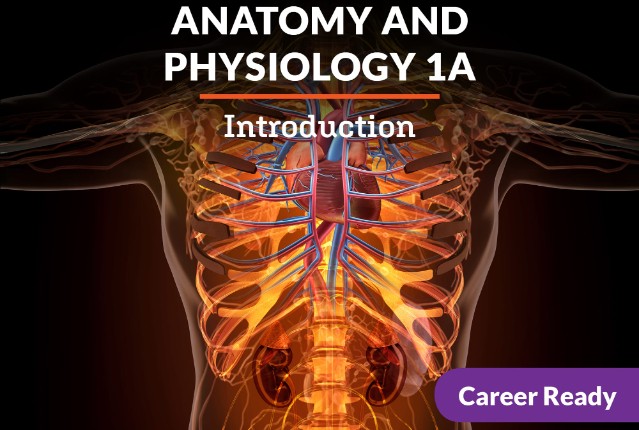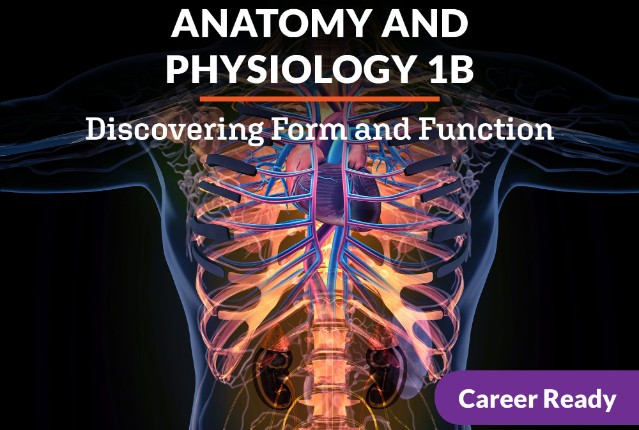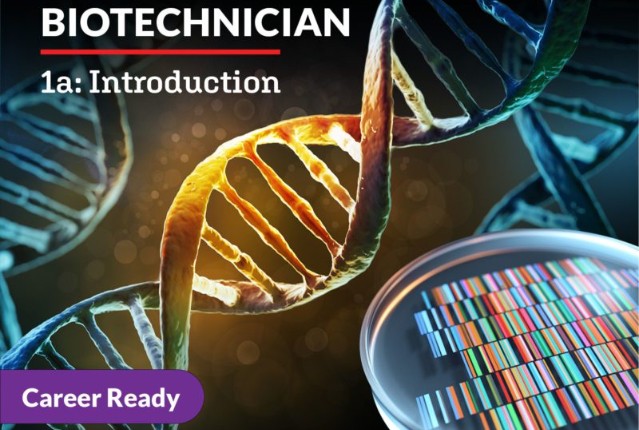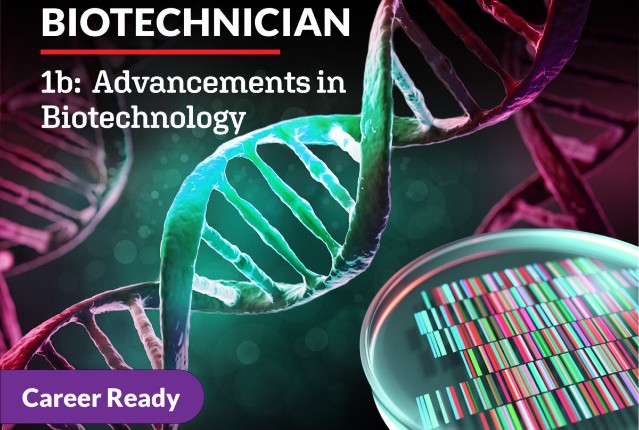
Biotechnician 1b: Advancements in Biotechnology
You’ve scratched the genetic surface of a biotechnician’s world, but now, we’re going to dive deeper into mankind’s future. In this course, you’ll explore essential topics that structure the reality of biotechnology such as the role genetics and epigenetics play in influencing human traits, the creation and purpose of recombinant DNA, and how the human immune response can be tweaked to fight disease. You’ll also explore GMO’s and biofuels and how an idea becomes reality in the biotech industry. Let’s continue learning about how you can change the world in a role as a biotechnician.
Review course outlineAccess for a year
USD 299.00*
* Choose more courses to get a discount
